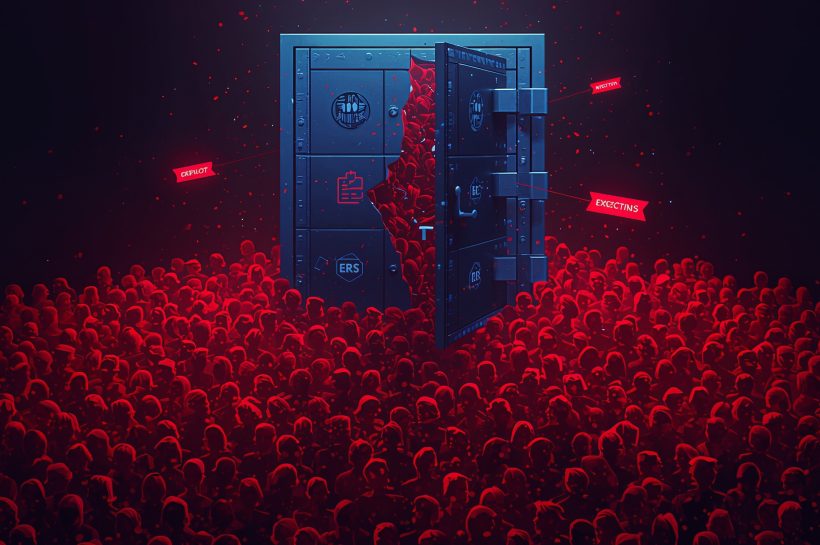
ClickFix Lures Coach Users to Self-Infect and Bypass Filters
ClickFix campaigns scale by coaching users to “fix” access issues with copy-paste commands. After the click, actors steal Microsoft 365 tokens or credentials and, in some cases, drop PureRAT for persistence. Break the flow by enforcing admin-only app consent, requiring phishing-resistant MFA, and blocking browser-to-shell chains. Investigate mailbox rules, token reuse, and OAuth grants whenever ClickFix pages appear in referral logs.














